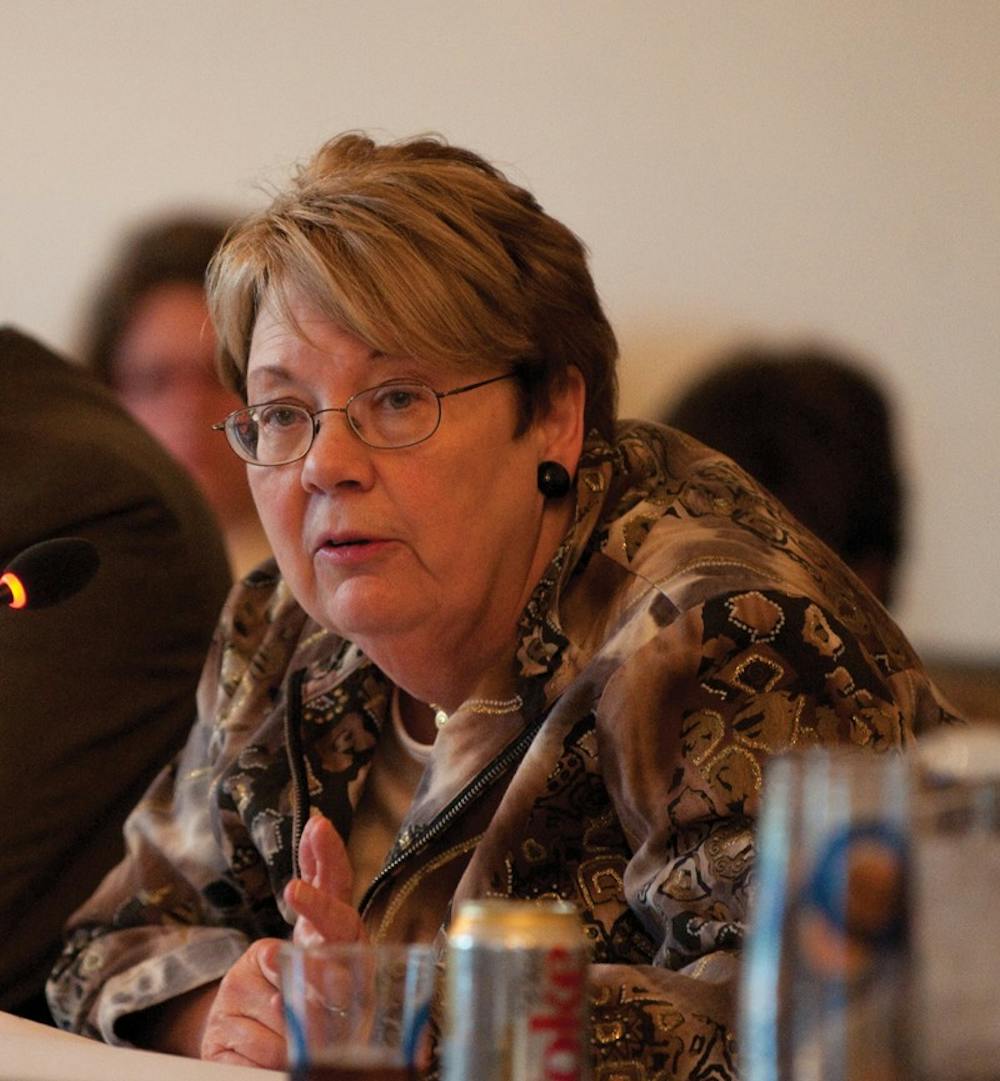The Board of Visitors Special Committee on Strategic Planning met Friday to outline its proposals for future University initiatives. Much of the meeting consisted of a presentation by University President Teresa Sullivan’s steering committee, which presented findings on efficiency, student life, synergy and technology initiatives, with a focus on maintaining or establishing national leadership in those domains.
The Board’s strategic planning committee was formed in October following requests by several Board members that the University adapt a “deliberate and strategic approach” to map out its future. The steering committee consists of seven working groups focusing on separate aspects of strategic planning. The groups are led by faculty, students, parents and alumni, and research issues ranging from faculty recruitment and retention to efficient business practices and technology integration.
Sullivan, addressing the Board, defined the strategic planning process as resting on two principles: inclusion and continuity. She said University leaders and administrators would need to work together to achieve the committee’s goals.
“We’ve made arrangements to have the vice provost position devoted to strategic planning… so we can move onto additional projects,” she said.
A major portion of the meeting was devoted to the discussion of technology initiatives. James Hilton, the University’s chief information officer and chair of the technology working group, said trends indicate a movement toward increased technology, particularly in the classroom. “We live in an era where big data are… becoming ubiquitous,” he said. Computer scientists use the term big data to describe increasingly common datasets that grow so large that they can no longer be easily processed.
Some technologies have already been integrated into the curriculum, highlighting the massive open online courses, or MOOCs, which launched this semester at the University, Sullivan said.
“At the moment we have five MOOCs, in which are enrolled a quarter of a million people,” she said. “We think there is a unique audience we can reach with [them].”
Sullivan said the current University mission statement, adopted in 1985, needs to be adapted to the current needs of students and faculty. “We want to be known for our agility and aggressiveness in responding to the needs of 21st century,” she said. “I think what we mean is utilizing big data as a vehicle for our very profound academic disciplines.”
Representatives from other colleges and universities will assess the committee’s success, Senior Vice Provost J. Milton Adams said.
“In April we expect to have the results from the steering committees to identify gaps and to create strategies as we move ahead,” Adams said. He said the Board will be asked to approve the final plan in September.







